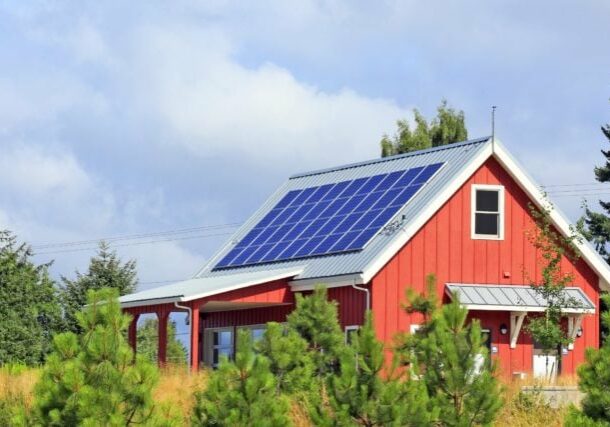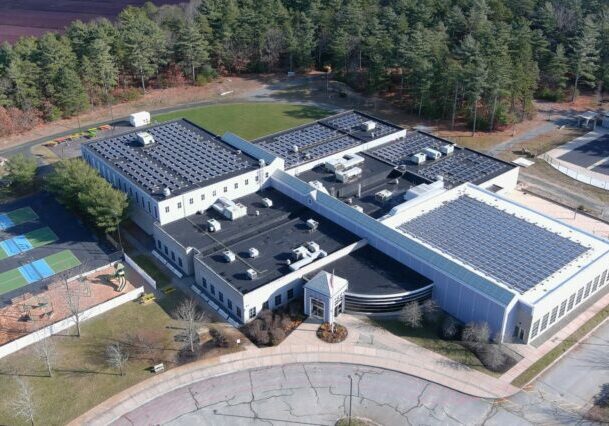April 18, 2019
Energy Storage Is the New Efficiency
By Todd Olinsky-Paul
When Massachusetts took the nation-leading step of integrating energy storage into its energy efficiency plan this year, it didn’t just add a new technology. It consummated a decade-long, slow-motion embrace of an important new form of efficiency.
Up until now, efficiency in the electricity sector has meant using fewer electrons. This is a good and important goal, but it is no longer sufficient. The definition of efficiency must now be expanded to include the concept of peak demand reduction. For the electric utility customer, it means that in addition to using fewer electrons, we must now learn to use them at different times. The good news is that customers may be able to realize additional economic benefits from reducing demand peaks, on top of the benefits of reduced net consumption.
The economic opportunity offered by embracing peak demand reduction is shown by the enormous cost of these peaks. For example, in its recent State of Charge report, Massachusetts found that 40 percent of the state’s annual cost for electricity is spent on just the top 10 percent peak demand hours in the year. Viewed this way, the inefficiency and cost of overbuilding the electrical system to accommodate occasional peaks becomes glaringly obvious.
The high cost of peak power is passed on to commercial customers in the form of demand charges on their electric bills. For medium- to large-sized commercial customers, it is not uncommon for demand charges to account for anywhere from 30 to 70 percent of their monthly electric bill. These demand charges are based on the customer’s highest 15-minute peak load each month. Traditional efficiency measures reduce overall consumption, and solar PV can reduce costs through net metering. But neither is effective at peak demand management.
What energy storage can give customers – unlike traditional, passive efficiency measures and renewable generation – is a tool to manage these demand peaks. In turn, this reduces system-wide inefficiencies by flattening peaks and filling valleys in the regional electric demand curve. When regional demand curves start to look more like a highway and less like a roller coaster, we will have realized the efficiency gains that peak demand reduction can provide.
Massachusetts recognized the importance of peak demand reduction as early as 2008, when the Green Communities Act specified that efficiency program administrators must seek “all available energy efficiency and demand reduction resources that are cost effective or less expensive than supply.” Since then, additional legislation further specified that cost-effective energy storage could be added to the efficiency program. This January, with analytical support from CEG, the state finally approved an efficiency plan that includes storage.
The genius of the Massachusetts model is that it demonstrates how states can harness the enormous resources of existing energy efficiency budgets – some $9 billion nationwide – to compensate customers for the use of new technologies, like battery storage, to shift peak demand. Massachusetts storage customers will receive a payment from utilities when they respond to a utility signal to discharge their batteries behind the meter. In reducing their own demand for grid power, they will also contribute to flattening demand peaks across the region. The customer incentives in the program will help households and businesses install battery storage by allowing them to monetize a service for which no market yet exists.
Massachusetts is a leader in energy efficiency. In fact, the state has taken first place in the annual ACEEE scorecard for the last three years in a row. Other states should now follow the lead of Massachusetts and incorporate energy storage, as a peak demand reducing measure, into their own efficiency plans. It’s the next step toward a cleaner, more reliable, and more efficient electric grid.
Clean Energy Group’s analytical work and advocacy to the Massachusetts Three-Year Energy Efficiency Plan was supported by generous grants from Barr Foundation and the Merck Family Fund. For more information on energy storage and Clean Energy Group’s Resilient Power Project, go to www.resilient-power.org.
This blog post was also published in Renewable Energy World.
















